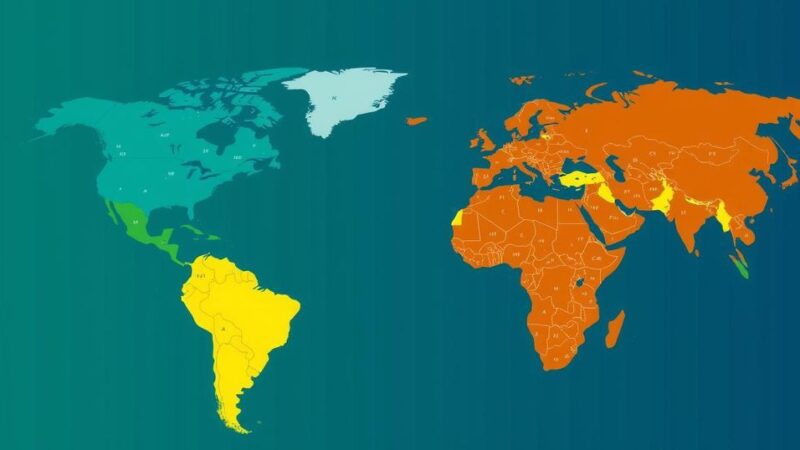Tajikistan faces critical challenges due to climate change, particularly from rapidly melting glaciers that threaten its hydropower-dependent economy. With significant reforms and investments necessary for a green transition, the country must address these issues promptly to avoid economic decline and enhance resilience against climate impacts. The World Bank Group urges a collaborative approach to mobilize private finance and ensure sustainable development, highlighting the high costs of inaction.
Climate change poses a significant threat to Tajikistan, a mountainous nation already susceptible to a range of natural disasters including earthquakes, floods, and landslides. The urgent need for climate action is evident, as over 1,000 of the country’s vital glaciers have melted over the past thirty years. These glaciers are crucial for hydropower, which constitutes about 98% of Tajikistan’s electricity supply. If these glaciers continue to disappear, both water resources and electricity generation will be jeopardized, emphasizing the necessity for a robust response to climate challenges. Tajikistan’s path to economic rejuvenation lies in a green transition that not only addresses the impacts of climate change but also fosters job creation and economic stability. The World Bank Group’s recent country climate and development report suggests that without substantial reforms and private sector investment, Tajikistan could face a decline in real GDP by 5-6% by 2050 due to climate-related damages. Structural reforms are essential to attract private investment and improve public services, while enhancing human capital is crucial for preparing the workforce to meet future demands. Adopting a green development agenda could yield considerable economic benefits, including significant reductions in healthcare costs from improved air quality. Investments in renewable energy could create jobs and stimulate economic growth. However, achieving these outcomes will require an estimated $17 billion for climate initiatives in tandem with the government’s broader reform agenda of approximately $79 billion from 2025 to 2050. Therefore, opening up the economy and creating a favorable regulatory environment will be paramount for attracting private capital and realizing these ambitious goals.
Tajikistan, characterized by its mountainous landscape and diverse terrains, is highly vulnerable to the impacts of climate change. With numerous natural disasters threatening its ecosystems and communities, the country relies heavily on its glaciers, which nourish river systems crucial for hydropower generation and irrigation. As climate change accelerates the melting of these glaciers, Tajikistan faces not only environmental challenges but also existential threats to its economic infrastructure and energy supply. Addressing these issues through sustainable development practices is vital for both the country’s future and its economic stability.
In conclusion, Tajikistan’s battle against the adverse effects of climate change signifies the need for urgent climate action paired with economic reform. The melting glaciers pose a direct threat to the nation’s hydropower-dependent electricity supply and overall economic development. By implementing a green transition and enhancing structural reforms, Tajikistan can not only mitigate the effects of climate change but also pave the way for economic growth, job creation, and improved resilience to climate-induced disasters. The path forward requires significant investment and coordinated efforts between public and private sectors to secure a sustainable future.
Original Source: emerging-europe.com






